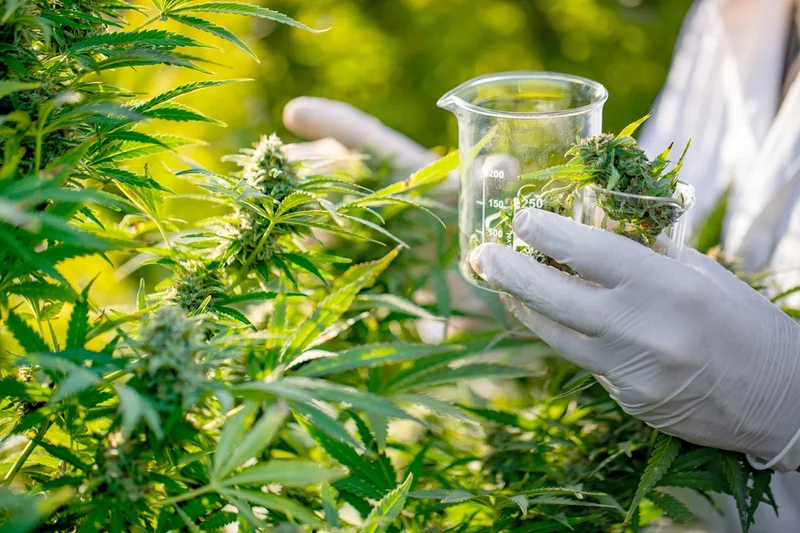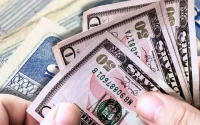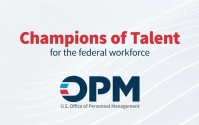Don't Get High on Your Own Supply (of Hype)
So, Tilray is pumping again. Let's all slow clap. The stock is up over 25 percent, and the usual suspects are crawling out of the woodwork to tell you this is the moment, the big one, the turnaround we've all been waiting for. Every time this stock gets a little bump, you’d think they’d discovered a cure for death itself, not just posted a "surprise" quarterly profit that feels about as real as a three-dollar bill. Tilray Brands stock surges as cannabis company posts Q1 profit
I’ve seen this movie before. We all have. A stock with fundamentals shakier than a Jenga tower in an earthquake gets a dose of good news—or even just the rumor of good news—and the retail crowd piles in like it’s the last helicopter out of Saigon. They see the green arrow pointing up and their brains turn off. They're not investing; they're gambling on momentum, hoping to ride the wave and jump off before it crashes.
But here’s the thing about waves: they always break. And when the Tilray wave breaks, it’s going to leave a lot of people soaked. Because if you actually bother to look under the hood, past the flashy headlines and the celebratory tweets, you’ll find an engine that’s sputtering, leaking oil, and probably on fire. This isn't a turnaround. This is a dead cat bounce with better PR.
Peeling Back the Onion of "Profit"
Let's talk about this "surprise profit." On paper, they beat expectations. Wall Street analysts, who apparently pull their predictions out of a hat, were expecting a loss. Instead, Tilray waved a magic wand and produced a profit. Hooray. The problem is, the quality of those earnings is, to put it mildly, garbage. The company has a Sloan Ratio of -98.61%. For those of you who don’t speak fluent accountant, that’s a massive red flag suggesting the "profit" is likely coming from creative accounting, not from actually selling a ton of product at a healthy margin.
This isn't just bad accounting. No, 'bad' doesn't cover it—this is financial gymnastics designed to fool you. They’re still burning through cash, with a negative free cash flow of nearly $11 million. So they’re “profitable” but their bank account is shrinking? How does that work, exactly? Are they paying their employees with good vibes and stock options? It’s like telling your landlord you’re “household profitable” this month because you sold your couch, while ignoring the fact you still don’t have enough cash for rent.
And while they’re busy playing games with the balance sheet, their actual business is struggling. Gross profit margin is down. Revenue per share has been declining for five years. This isn’t a sign of a healthy, growing company. It's the sign of a company desperately trying to rearrange the deck chairs on the Titanic while telling everyone to enjoy the lovely ocean view.

The Trump Bump and Other Fairy Tales
Of course, fundamentals don't matter in a market this divorced from reality. What matters is the narrative. The story. And Tilray has gotten pretty good at spinning one. Remember when a single social media post from Donald Trump about CBD for seniors sent the stock soaring 54%? A politician mentions a product category, and a company’s valuation explodes. This ain't a functioning market; it's a high school popularity contest fueled by algorithms and bored people with Robinhood accounts.
Now the story is about their new "premium" products, like the BC Selects line. They’re talking about "small-batch production" and "experiential craftsmanship." Give me a break. This is the oldest trick in the book. When you can't compete on volume or price, you slap a fancy label on it, double the price, and call it "artisanal." It’s just weed in a nicer bag, folks. And offcourse, the market eats it up because it sounds good. It sounds like progress.
They're selling a story, a vibe, anything but a fundamentally sound business, and people just... buy it. It’s the same playbook every struggling company uses, from tech startups burning through venture capital to fast-food chains rebranding their mystery meat as "chef-inspired." It's all noise. It's all a distraction from the numbers that actually matter.
And the most important number they’re distracting you from is the Altman Z-Score. Tilray’s is -4.36. That isn’t just a bad score; it’s a five-alarm fire. It’s a fancy Wall Street metric that basically flashes a giant neon sign that reads: "POTENTIAL BANKRUPTCY RISK WITHIN TWO YEARS."
Think about that. The market is currently valuing this company as "Significantly Overvalued" while a trusted financial distress indicator is screaming that it could go belly-up. It’s like paying a premium for a house because the real estate agent says it has "good bones," while the inspector is in the basement pointing out that the foundation has crumbled into dust.
Then again, the stock is up 25%. Maybe I'm the crazy one here, sitting on the sidelines while everyone else gets rich on a meme stock. But it just feels wrong.
You Can't Smoke a Balance Sheet
Look, I get the appeal. The cannabis sector feels like the next big thing, and everyone wants to get in on the ground floor. But Tilray ain't the ground floor. It's a casino, and right now the roulette wheel just happened to land on their number. Buying this stock today isn't an investment in the future of cannabis. It's a bet that you can find a bigger fool to sell it to tomorrow for a higher price. Good luck with that. When the hype fades and the ugly financials are all that's left, a lot of people are going to find out their portfolio is all smoke.










